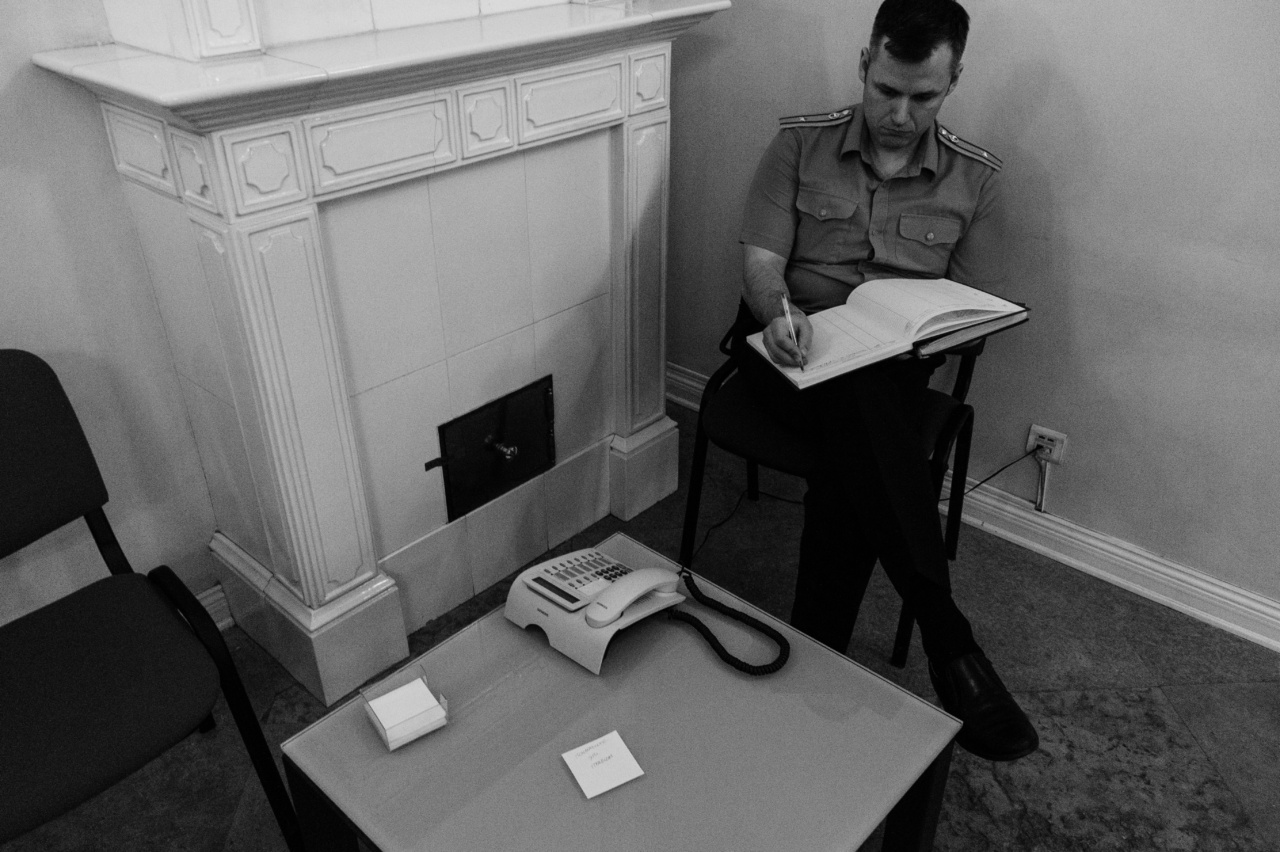Knee osteoarthritis is a degenerative joint disease affecting millions of people worldwide. It occurs when the protective cartilage covering the ends of bones within the knee joint breaks down over time.
The condition causes pain, stiffness, and swelling and can impair mobility, leading to difficulty performing daily activities. The onset of knee osteoarthritis results from a complex interplay of factors, including age, gender, genetics, injury, and occupational demands.
This article highlights occupational demands as a contributing factor to knee osteoarthritis among certain professions.
Construction Workers
Construction work, especially heavy manual labor, involves repetitive motions, kneeling, squatting, and carrying heavy loads. These activities put a strain on the knees, causing wear and tear on the joint, which result in knee osteoarthritis.
A study conducted in Sweden showed that construction workers have a higher risk of developing knee osteoarthritis than the general population. The study attributed this risk to the nature of their job, which subjects them to various knee injury risks.
Prevention measures like using knee pads, using proper lifting techniques, and avoiding repetitive motions can help reduce the risk of knee osteoarthritis among construction workers.
Farmers
Farmers often spend long hours squatting, bending, and kneeling to work in their fields. These repetitive bending and squatting motions, especially on hard surfaces, can cause pain and strain in the knee joints, leading to knee osteoarthritis.
A study conducted on Finnish farmers found that the incidence of knee osteoarthritis was higher among farmers compared to the general population. The study recommended that farmers should take regular breaks to stand up, stretch or perform activities that do not involve knee bending.
Mechanics
Mechanics spend long hours in uncomfortable positions, kneeling or lying down, to repair vehicles or heavy equipment. This position puts a strain on the knees, leading to wear and tear on the joint, which can cause knee osteoarthritis.
Mechanics can prevent knee osteoarthritis by taking breaks, using cushions or pads, or adjusting the workplace ergonomics to reduce the amount of time spent kneeling.
Nurses and Healthcare Workers
Nurses and healthcare workers often bend, squat, or kneel for extended periods while tending to their patients. These positions put a strain on the knees, leading to knee osteoarthritis.
A study conducted in Australia observed that nurses and care workers had a higher incidence of osteoarthritis than the general population. The study attributed this to high muscle tension and body weight, which are inherent to their profession.
Health care workers can reduce the risk of knee osteoarthritis by using proper ergonomics in their workspace, performing weight-bearing exercises, and maintaining a healthy weight.
Soccer Players
Soccer is a sport that involves rapid acceleration, deceleration, direction, and contact with other players.
This sudden change in direction causes the knee to twist violently, causing injury or wear and tear on the knee joint, leading to osteoarthritis. A study conducted on retired professional soccer players in Brazil found that they had a higher incidence of knee osteoarthritis compared to the general population.
Soccer players can prevent knee osteoarthritis by performing warm-up exercises, avoiding overtraining, using proper soccer shoes, and playing on quality turf.
Security Guards
Security guards often stand for extended periods, which can lead to knee osteoarthritis. Standing for long hours puts pressure on the knees and causes wear and tear on the joint, which can lead to osteoarthritis.
A study conducted in Korea found that security guards had a higher incidence of osteoarthritis than the general population. To prevent knee osteoarthritis, security guards can take a break, use an anti-fatigue mat, use comfortable footwear, and practice exercises to help relieve stress on their knees.
Miners
Miners perform physically demanding work, often in a cramped, crouched position, putting a strain on their knees.
The constant bending, crawling, and climbing in confined spaces lead to wear and tear on the knees’ joint, which can cause knee osteoarthritis. A study carried out in Australia observed that miners had a higher risk of developing osteoarthritis in their knees.
Preventative measures like using cushioned kneepads, taking regular breaks to stretch, and using ergonomic tools can help reduce the risk of knee osteoarthritis among mine workers.
Firefighters
Firefighters often perform physically demanding and hazardous jobs that require them to walk upstairs, carrying heavy firefighting equipment.
They also spend long hours crouching in confined spaces, which can put a strain on the knees, leading to osteoarthritis. A study conducted on firefighters noted that they had a higher prevalence of knee osteoarthritis than the general population.
To prevent knee osteoarthritis, firefighters can take rest breaks, use proper knee pads, maintain optimal weight, and do exercises that strengthen their knee joints.
Carpenters
Carpentry work entails various knee-straining activities such as crawling, bending, and kneeling. These activities put a strain on the knees, leading to the development of knee osteoarthritis over time.
Research conducted in the US showed that carpenters had a high incidence of osteoarthritis. Preventative measures such as adjusting tools or work surfaces to reduce strenuous knee activities and using proper knee pads can reduce the risk of knee osteoarthritis among carpenters.
Conclusion
Occupational demands play a considerable role in the development of knee osteoarthritis. Many professions involve bending, squatting, or kneeling, which strains the knee joint, leading to wear and tear and osteoarthritis.
Prevention of knee osteoarthritis involves the use of proper ergonomics, proper lifting techniques, taking rest breaks, and avoiding overrepetitive activities. Early diagnosis and proactive prevention measures can reduce the impact of knee osteoarthritis on productivity and quality of life.























